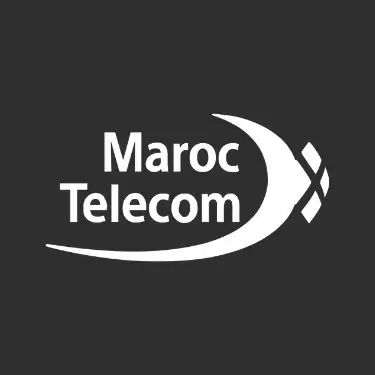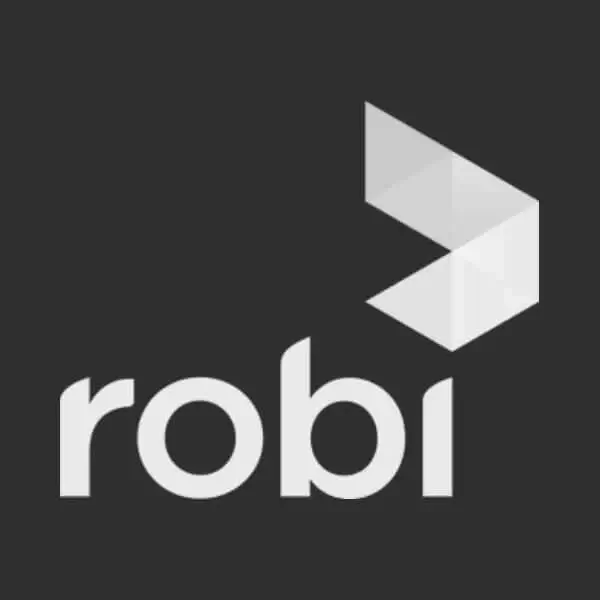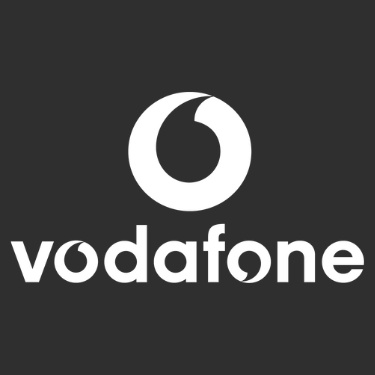Discover Intersec AI
Intersec AI is a comprehensive artificial intelligence framework that hosts a suite of advanced AI technologies, all designed to augment and enrich the Intersec product portfolio.
Discover Intersec Cloud
Intersec Cloud combines the benefits of cloud technology with the security and control of a private environment, allowing you to focus on your core operations while we handle the infrastructure management.
[Buying guide] Network location platform
Unlock the potential of network location platforms with Intersec's comprehensive buying guide.
[Webinar] Cloud flexibility, data sovereignty
Watch the recording of our Q&A session covering the transformative benefits of Red Hat OpenShift containerized deployments to enhance the reliability, security, and scalability of cloud-native sovereign applications for Telecoms and Governments.
[Comparison sheet] xMLC
Mobile Location Centre (xMLC) for MNOs: Compare Intersec with the competition - By highlighting the unique strengths and advantages of our xMLC solution, we aim to assist MNOs in finding the perfect fit for their operational requirements and business goals.
[Comparison sheet] Cell Broadcast & Location-Based SMS
The widespread use of mobile phones globally presents a significant opportunity for public authorities to enhance emergency communication. Various bodies describe Cell Broadcast and location-based SMS as the most effective options for implementing public warning systems.



















.webp)


.webp)




















